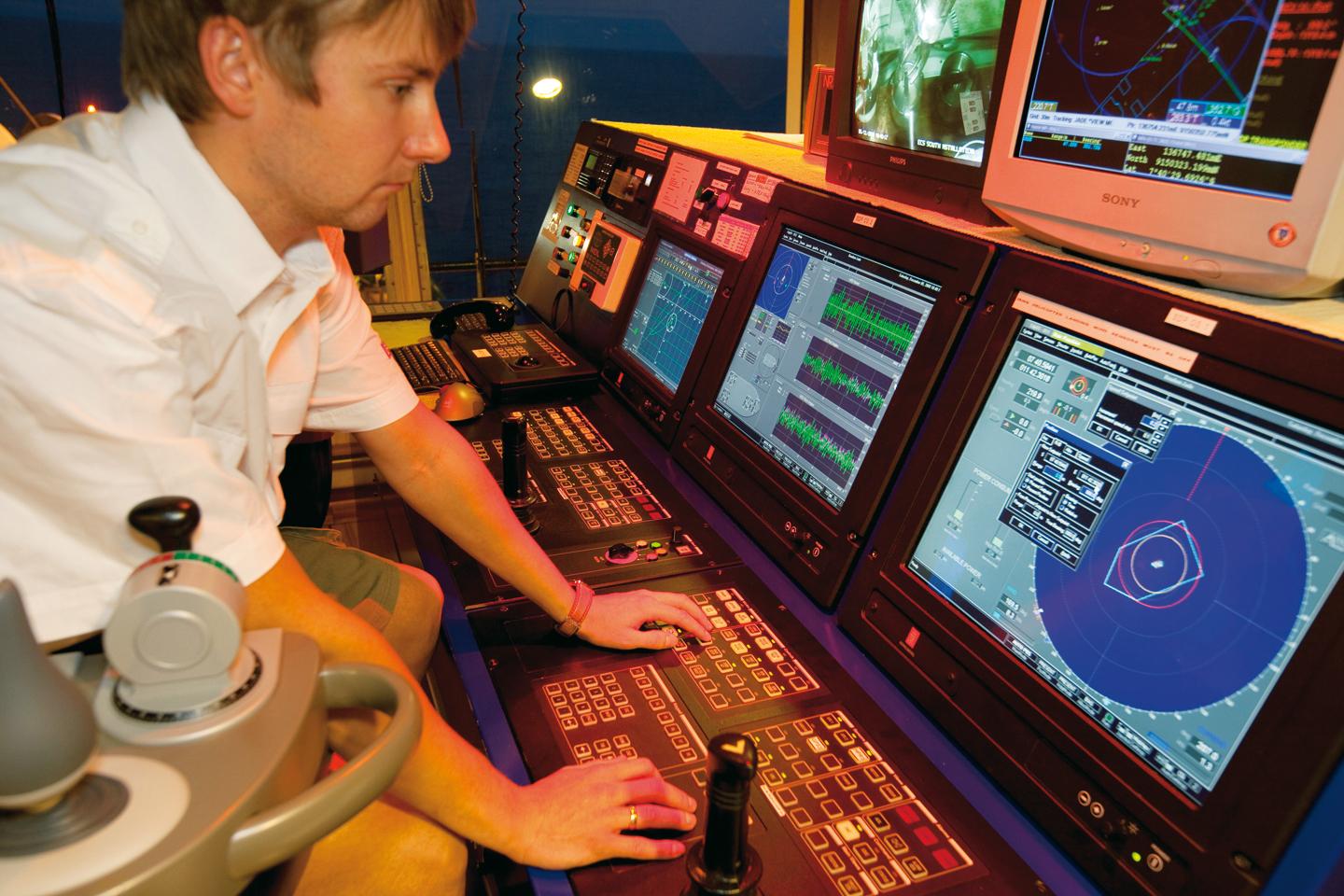
DP training: for safe & efficient operations
The vast majority of the BOURBON fleet of supply vessels is equipped with dynamic positioning (DP) technology to control heading and position automatically. With the objective of continuous skills development, we have established training focused on the technical and operational management of the fleet. Explanations.
Depending on the profile of the participants, this one-day training session will enable attendees to safely and effectively manage or assist with the operations of DP vessels in accordance with the new industry standards.
It is aimed primarily at operationals - operations managers, HSE managers, technical managers, project managers, etc. - who are not necessarily seafarers but who need to understand DP as part of their duties, even if they do not use it directly.
"To understand our objectives for dynamic positioning, it seemed appropriate to go back over the progress made by this industry and the incidents that have occurred," says Anthony Grande, DP Superintendent and trainer. "That's why the training starts with the historical advances made by this technology, before addressing the issue of the regulatory framework followed by our clients in developing their offshore structures, and the differences that exist with the rules we apply to the construction and use of our vessels."
The theoretical part of the course describes the system components and capabilities of DP vessels. Participants can become familiar with the technical elements, their practical use, as well as the consequences of system failures and the concept of redundancy. The examples and exercises help to put theory into practice and to outline the capabilities of DP in a risk analysis entitled "Hazards determining limits and operability" (HAZOP).
3 QUESTIONS FOR A PARTICIPANT : JULIEN BOUCARD, SUBSEA ENGINEER
Why did you want to be trained in DP?
J.B.: I'm not a seafarer by training, so I have only partial knowledge of DP, mainly acquired during my offshore missions. This training enabled me to gain an overview of the systems, what's more, given by a real specialist.
In your role, how is DP expertise important?
J.B.: Subsea operations are carried out on DP2 or DP3 vessels. Their smooth operation is precisely linked to dynamic positioning, essential so that the vessel doesn't move. This requires us to master this technology much as possible, its strengths as well as its limitations.
What did you get out of this training?
J.B.: In addition to a better overall understanding, it enables us to better manage risks, through better anticipation and to better match our operational requirements to the DP capabilities of the vessels.


